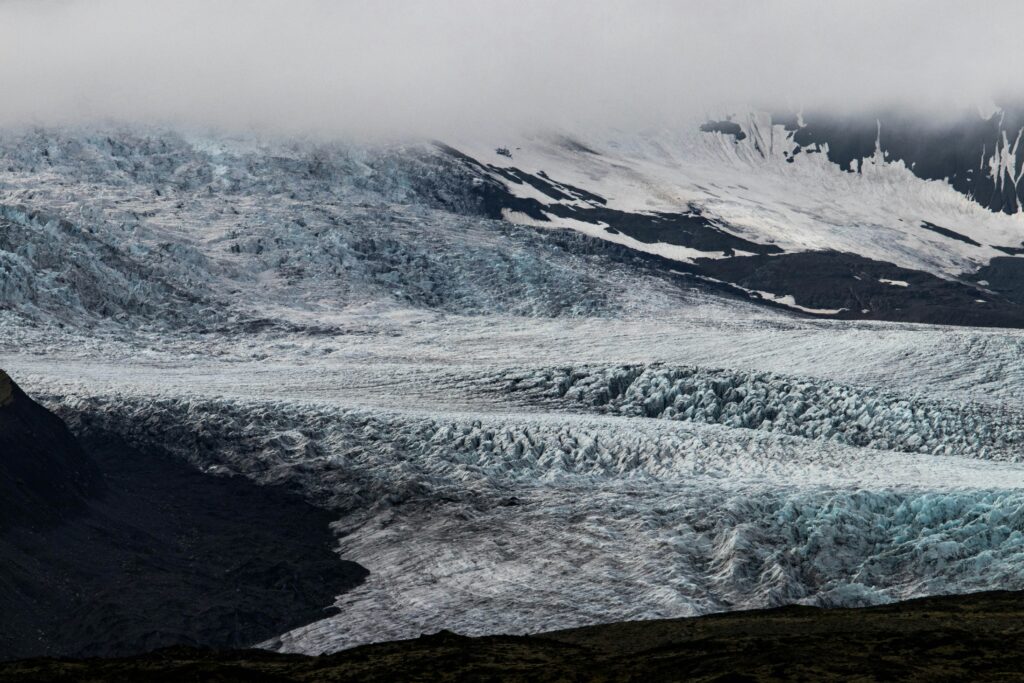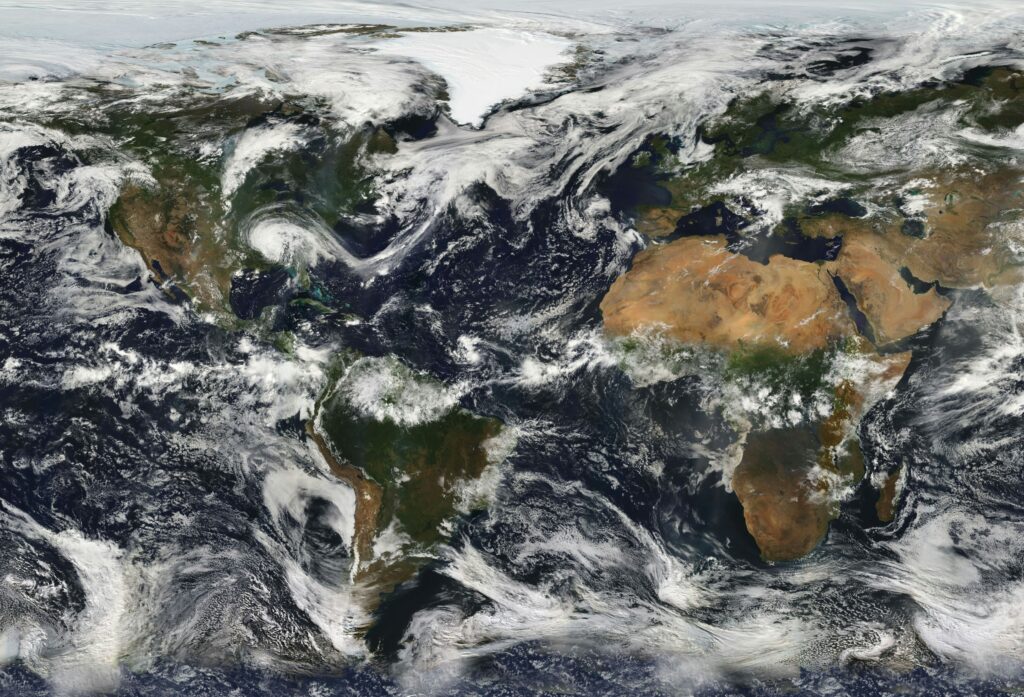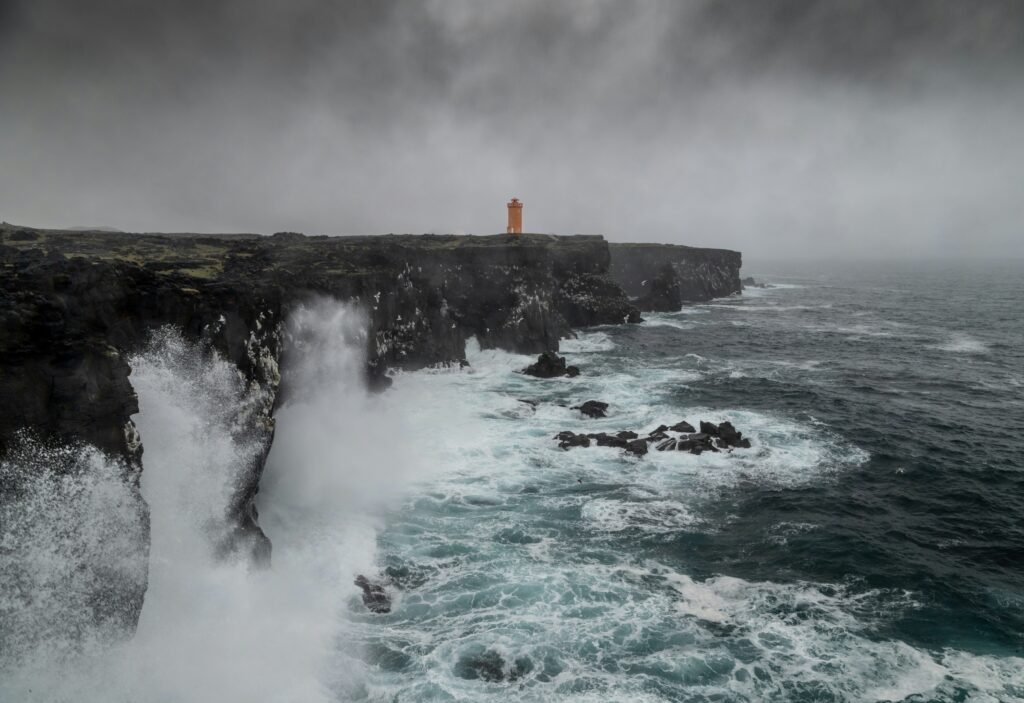
⚠️ Disclaimer: This article is for informational purposes only and is based on publicly available scientific data from verified sources. It does not replace official government or scientific guidance. Future climate outcomes may vary based on evolving conditions and emerging research.
🌍 Introduction: A Crucial Year for Climate Reality
The year 2025 has emerged as a tipping point in our global climate story. Across continents, evidence of accelerated climate change is no longer confined to models or forecasts—it is visible in rising temperatures, disrupted ecosystems, and growing socioeconomic vulnerabilities. Based on verified data from scientific institutions like the World Meteorological Organization (WMO), IPCC, and NASA, this article summarizes the current, evidence-based impacts of climate change as observed in 2025.
🔥 Rising Global Temperatures: Records Continue to Fall

According to the WMO’s 2024 Global Climate Report, the average global surface temperature has reached 1.45°C above pre-industrial levels, bringing us dangerously close to the critical 1.5°C threshold outlined in the Paris Agreement.
- Key Data (WMO, May 2025):
- The past 12 consecutive months have all ranked among the hottest on record.
- The North Atlantic has seen unprecedented sea surface temperatures, intensifying hurricane risks and disrupting marine biodiversity.
- Southern Europe and parts of India have experienced prolonged heatwaves exceeding 45°C, affecting agriculture and public health.
📌 Source: WMO Climate Report 2024–2025
🧊 Glaciers and Cryosphere: Real Signs of Melting, Not Fiction

While fictional accounts like the alleged Blatten Glacier collapse have circulated online, verified events from NASA and the European Space Agency (ESA) show real and alarming patterns of glacier retreat:
- Greenland and Antarctica have lost over 400 billion tons of ice mass annually, contributing significantly to sea-level rise.
- The Alps and Himalayas have seen glacier shrinkage of over 20% in some regions since 2000.
📌 Source: NASA Ice Sheet Mass Balance Observations
🌊 Oceans in Crisis: Coral, Currents, and Plastic Pollution

The health of the world’s oceans in 2025 is under severe strain, with direct consequences for biodiversity and coastal economies.
🪸 Coral Bleaching
- The Great Barrier Reef has experienced its fifth mass bleaching event in eight years, driven by sustained ocean warming.
- NOAA’s Coral Reef Watch attributes this to persistent marine heatwaves across the Pacific.
🐟 Fisheries and Ecosystems
- The Marine Stewardship Council reported shifts in fish stocks due to altered ocean currents and temperatures, impacting global seafood supply chains.
🧴 Plastic and Chemical Pollution
- Microplastics have now been detected in over 70% of sampled marine species, based on data from the UNEP and WWF.
📌 Sources:
🚨 Security & Climate: A Growing Global Threat

According to the European Union’s 2025 Climate Risk Assessment, climate instability is now recognized as a top-tier security threat, particularly in vulnerable regions.
- Key Concerns:
- Increased migration due to resource shortages and uninhabitable zones.
- Heightened conflict risks in regions with water scarcity.
- Rising insurance and infrastructure costs due to climate disasters.
📌 Source: EU Climate Security Briefing 2025
🇮🇪 Case Study: Ireland’s Climate Vulnerabilities

In 2025, the Environmental Protection Agency of Ireland published its most comprehensive climate risk profile to date:
- 115 climate-related risks were identified across health, housing, transport, and biodiversity.
- Key risks include:
- Sea-level rise along coastal communities.
- Flash flooding in urban zones.
- Heat stress impacts on elderly populations.
📌 Source: EPA Ireland Climate Risk Assessment 2025
🧠 Psychological Impacts: The Invisible Toll

A growing body of research, including studies by the American Psychological Association, links climate anxiety and eco-grief to the increased exposure to catastrophic weather events, particularly among youth.
- Children and young adults report heightened feelings of helplessness and fear about the future.
- Mental health frameworks are beginning to incorporate “eco-anxiety” as a legitimate clinical concern.
📌 Source: APA Climate and Mental Health Report
🔚 Conclusion: Urgency Without Despair
While the science clearly shows a narrowing window for meaningful action, 2025 has also seen record investments in renewable energy, ecosystem restoration, and global climate diplomacy. It’s not too late—but the responsibility is collective and immediate.
✍️ About the Author
Priya is a science communicator and researcher committed to translating complex environmental science into accessible public content. While not a climate scientist, Priya bases her work on peer-reviewed data and verified institutional sources to ensure scientific accuracy and public trust.









